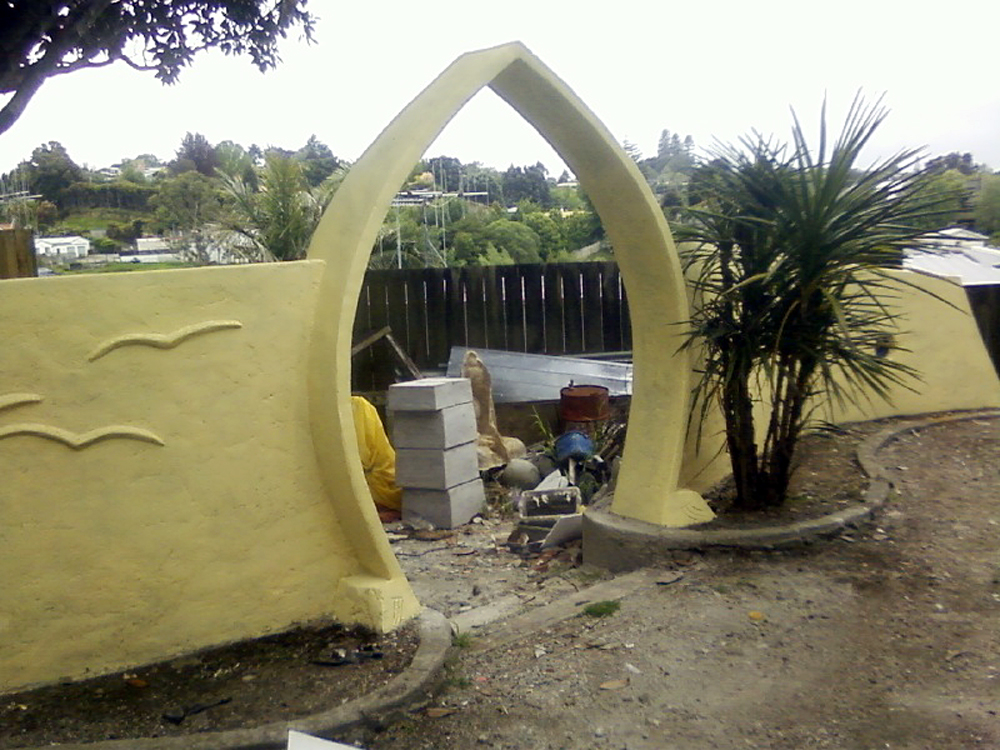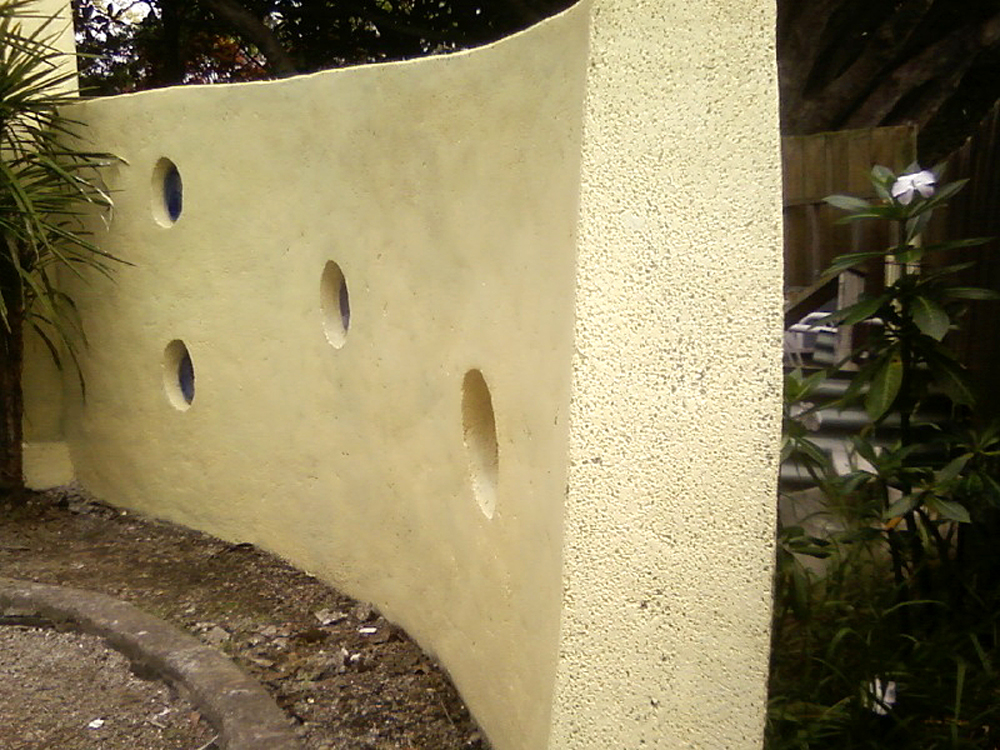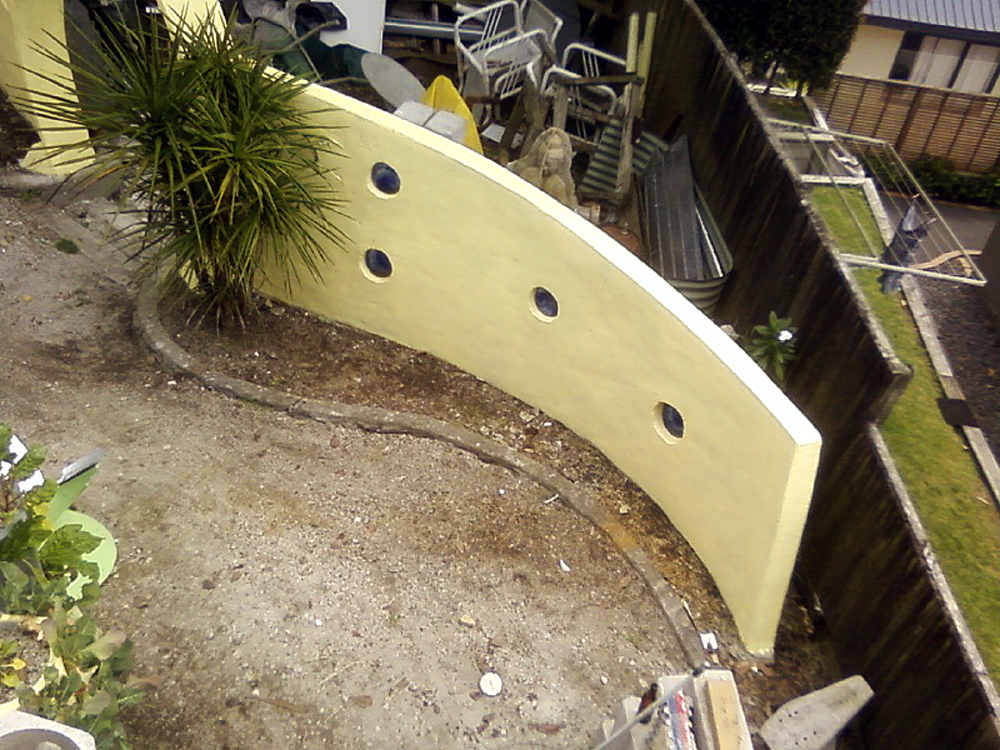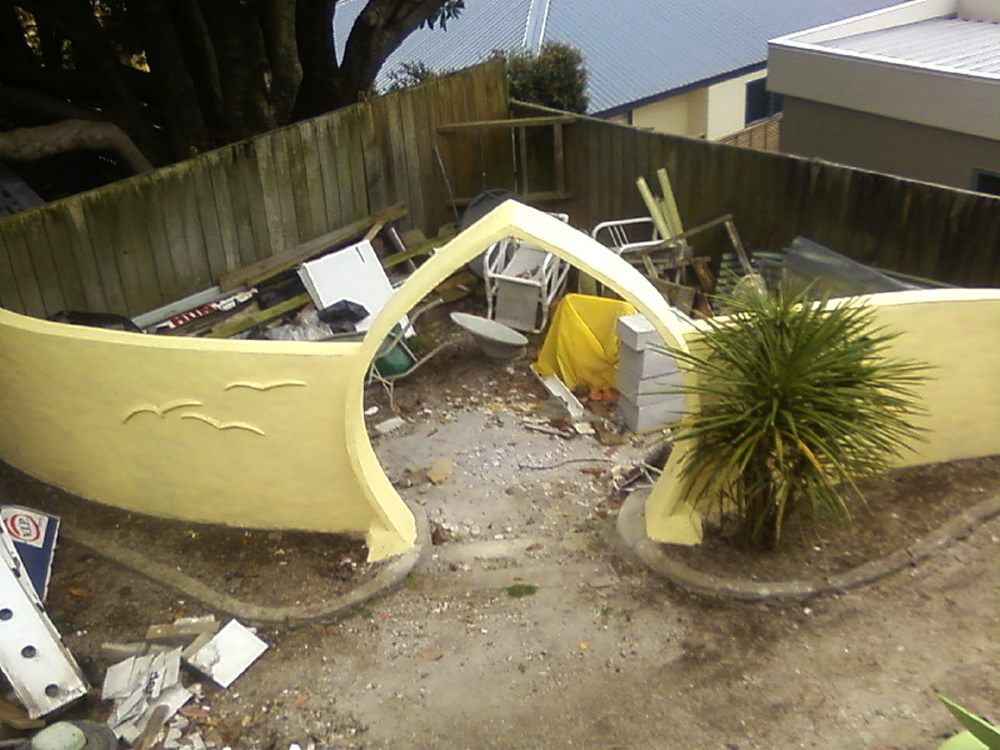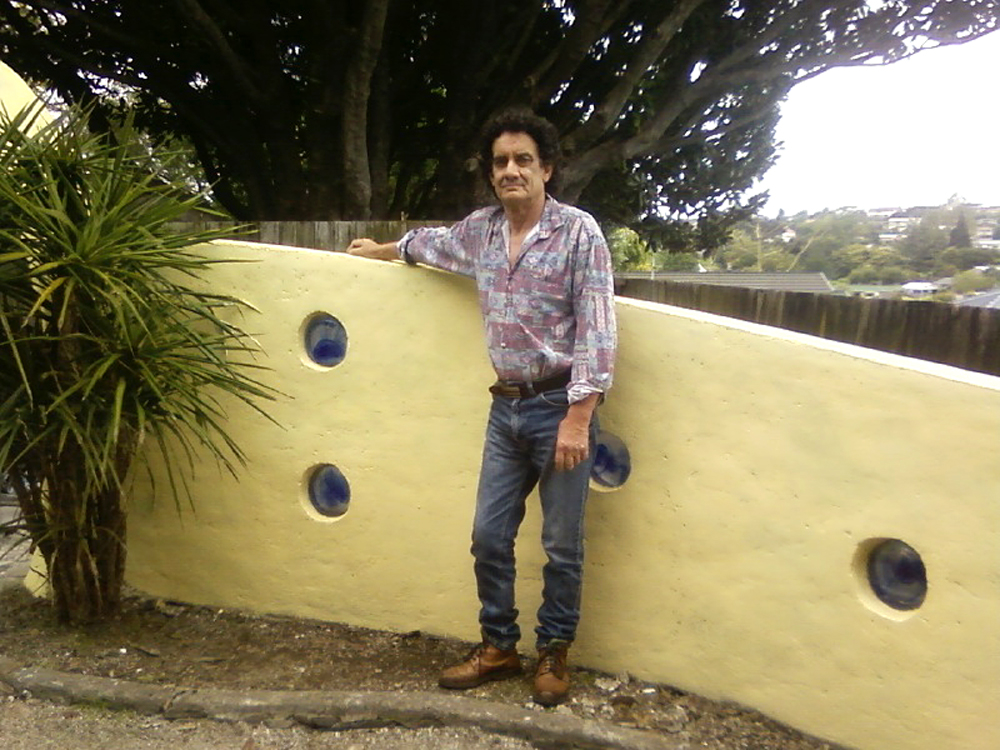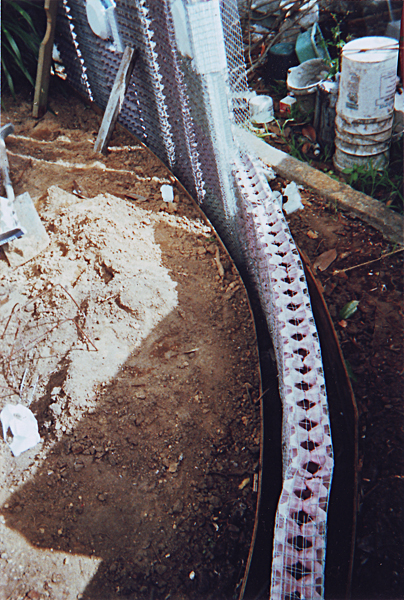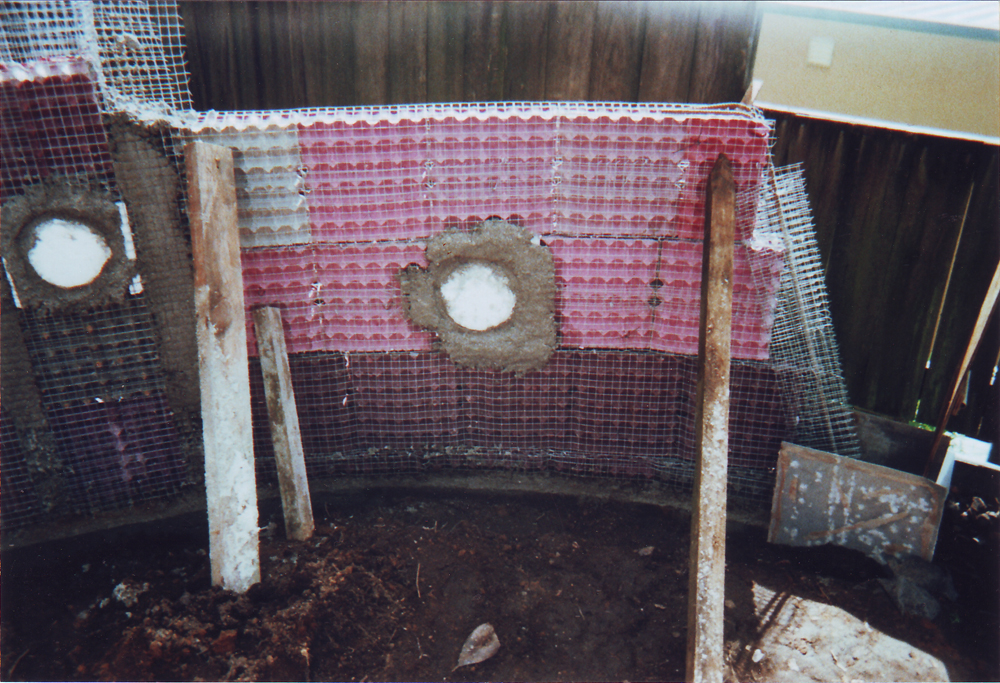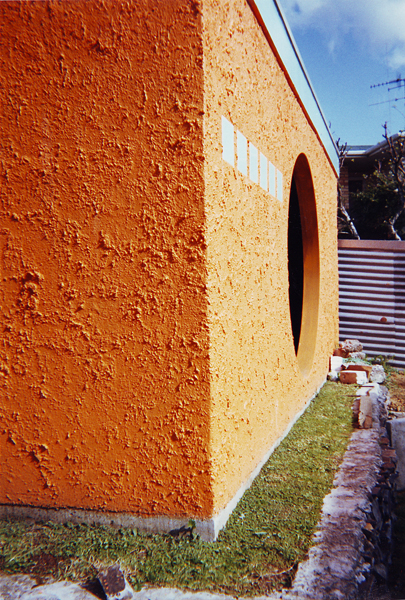
A Sustainable Office Chair? $200 cash prize!
David McKay makes a convincing argument that 40% of our total energy use goes to make the products that we buy.
Announcing a SHAC Micro-Challenge – The “Sustainable Office Chair”
Please submit your sketch or photo of your practical and comfortable Sustainable Office Chair.
Is it one made from natural materials, or a durable and repairable chair that lasts for many years, or one made from entirely recycled products, or hand made, or made by a machine like a 3D printer, or a chair that is made from starch and dissolves when wet?
Judging: Chair must be practical, comfortable, suitable for your office, and “sustainable”
Please supply a photo or sketch and a short description, how to make the chair, and how is the chair “sustainable” – that is – supporting living well, with purpose, and with less reliance on resources.
Please email your submissions to tim@shac.org.nz by the 24 October 2012. $200 cash prize for the best submission. Other prizes too! The judges decision is final. The best submissions will be exhibited publically.
SHAC Chair Challenge Poster [PDF]
Category: Materials
This is about Materials
Lightweight Wall Construction
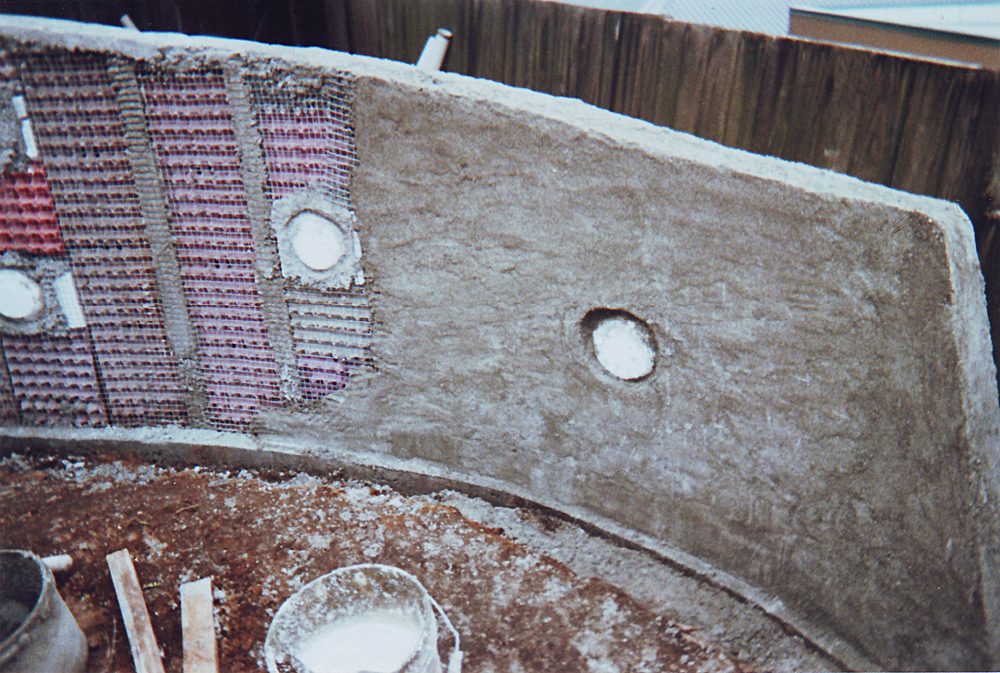
Materials for Architects and Builders is written as an introductory text to inform students at undergraduate degree and national diploma level of the relevant visual and physical properties of a wide range of building materials. The third edition has been significantly enhanced by the incorporation of full colour images throughout, illustrating the materials and in many cases their use in buildings of architectural merit. The text includes the broad environmental debate with sections on energy saving and recycled materials. There are seventeen chapters covering the wide range of materials under standard headings. Each chapter describes the manufacture, salient prop- erties and typical uses of the various materials, with the aim of ensuring their appropriate application within an awareness of their ecological impact.
This ebook is an excellent resource.
Materials for Architects and Builders.

